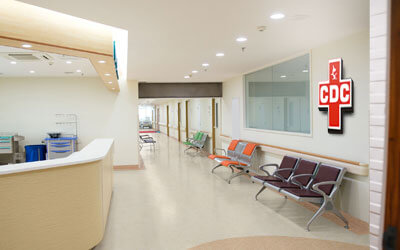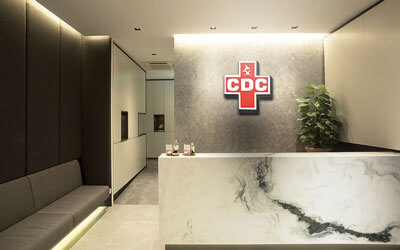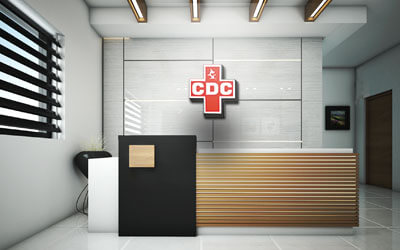Its a procedure where contrast/ radio-opaque dye such as ionic or other used to study the extent & visibility of vessels, breach & herniation.
Contrast Studies involve a series of X-rays being taken after contrast material has been introduced into the area being studied to provide added image detail.
Esophagram:
An examination of the pharynx (throat) and esophagus using still and fluoroscopic X-ray images. The X-ray pictures are taken after the patient drinks a solution that coats and outlines the walls of the esophagus (also called a barium swallow).
Upper GI Series:
A series of X-rays of the esophagus, stomach, and small intestine (upper gastrointestinal, or GI, tract) that are taken after the patient drinks a barium solution. (Barium is a white, chalky substance that outlines the organs on the X-ray.)
Small Bowel or Small Intestine Series:
A series of X-rays of the part of the digestive tract that extends from the stomach to the large intestine.
Barium Enema / Lower GI Series:
A series of X-rays of the lower intestine (colon) and rectum that are taken after the patient is given an enema with a white, chalky solution that contains barium. The barium outlines the intestines on the X-rays. These X-rays permit the detection of colon and rectal abnormalities including diverticulosis, diverticulitis, abnormal colon movement, dilation (widening) of the colon, polyps and cancers of the colon and rectum. Air can be instilled into the colon along with the barium contrast medium to further define structures of the large bowel and rectum. Polyps and small cancers are more readily found using this method which is called an air contrast barium enema or a double-contrast barium enema. This is the only kind of barium enema that is appropriate for detecting colorectal polyps and potentially curable colorectal cancers.
IVP-Abdominal x-ray uses a very small dose of ionizing radiation to produce pictures of the inside of the abdominal cavity. It is used to evaluate the stomach, liver, intestines and spleen and may be used to help diagnose unexplained pain, nausea or vomiting. When used to examine the kidneys, ureters and bladder, it's called a KUB x-ray. Because abdominal x-ray is fast and easy, it is particularly useful in emergency diagnosis and treatment.
Hysterosalpingogram:
X-ray of the uterus and Fallopian tubes; usually done in diagnosing infertility to see if there any blockages.
Arthrogram:
X-ray of a joint after the injection of a contrast medium to more clearly visualize the joint.




